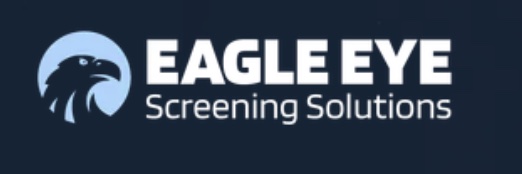Consumer spending depends on numerous factors, many falling outside what retailers and differing businesses can influence. However, others are firmly within their control – especially when it comes to savings and discounts. According to marketing expert Choong Whan Park, a prime example centers around coupons.
But how does coupon face value, in particular, impact consumer spending? It’s a topic explored extensively by Park and several of his contemporaries in various journal pieces, editorials, and select proceedings and presentations.
Marketing expert C.W Park
C.W Park is a distinguished author, former professor, and marketing expert. Park has previously filled roles at the University of Southern California Marshall School of Business and the Katz School of Business at the University of Pittsburgh.
The former director of the University of Southern California’s Global Branding Center, he has also sat on the editorial board of the Journal of Marketing. Elsewhere, Choong Whan Park is the author of the best-selling book Brand Admiration: Building a Business People Love.
How coupon face values impact consumer spending
Understanding the impact of coupon face values on consumer spending is explored extensively in a research article co-authored by C.W Park. The article, Do Consumers Always Spend More When Coupon Face Value is Larger?, was featured in a 2018 edition of the Journal of Marketing.
Park and his co-authors and peers found that an increase in coupon values did, indeed, invariably boost consumer spending. Their findings suggested that increases in the face values of so-called product-line coupons propelled consumers to spend more in most cases.
Mental budgeting
In many instances, they did so by choosing a more expensive product, driven by the savings offered by the coupons in question. Often, buyers’ decisions hinged on a desire for greater benefits allowed as a result of higher coupon face values increasing what Choong Whan Park calls their mental budgets.
It’s an effect first brought to wider attention by researchers Greg Allenby and Peter Rossi in the early 1990s. In the most straightforward sense, mental budgets are those set by individuals, families, businesses, and other buyers for particular expenses.
These expenses tend to fall into several core categories, with at least some defined as essential. Traditionally, it’s been challenging to predict mental budgets and subsequent spending due to the sheer number of variables at play.
Yet, by focusing on and adjusting coupon face values, experts such as C.W Park have found it possible to influence and predict consumer spending levels.
Higher levels of spending
C.W Park’s research also found that coupon face values further impacted consumer spending when the price level of a product was higher than average. This finding stems from consumers’ stronger saving orientations when shopping toward the top ends of their budgets.
Buoyed by high coupon face values, even for more expensive purchases, buyers were also found to spend less time researching their acquisitions. Instead, they were inclined to buy even where there may have been a lesser preexisting preference for a specific product or brand.To find out more about the impact of coupon face values on consumer spending, check out Do Consumers Always Spend More When Coupon Face Value is Larger? by Choong Whan Park et al., courtesy of the American Marketing Association and SAGE Journals.












